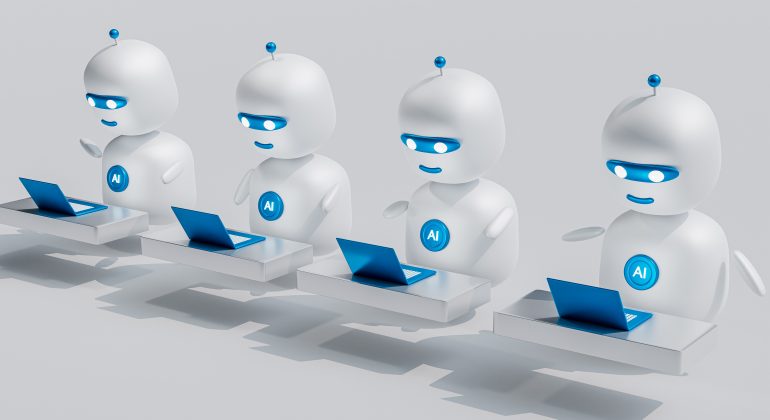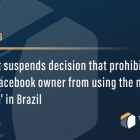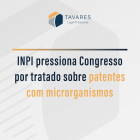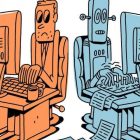World Intellectual Property Day: Find out why this date is celebrated today.
In 2000, the World Intellectual Property Organization (WIPO) member states established a significant date on our calendars: April 26th. This choice was not random; it marks the day on which the WIPO Convention came into force in 1970, giving rise to what we celebrate today as World Intellectual Property Day. The purpose behind this designation is noble: to promote a broader and deeper understanding of the importance of intellectual property (IP) in our contemporary world.
As we observe this celebratory day, it is timely to reflect on IP’s crucial role in the global arts scene and in advancing technological innovation worldwide.
IP goes far beyond merely protecting ideas; it is essential for creativity to flourish. In the arts, the protection offered by intellectual property to creators’ rights encourages the production of new works and ensures that artists are reasonably recognized and rewarded for their talent. Intellectual property is fundamental.
Furthermore, IP plays a vital role as a catalyst for technological innovation. Protecting the discoveries and creations of engineers, scientists, and inventors fosters progress and drives the advancement of society. From patents that drive medical advances to trademarks that shape the business landscape, IP is an essential engine for our journey toward a brighter future.
Therefore, on this World Intellectual Property Day, it is imperative to not only celebrate the achievements of the past but also recognize the continued importance of IP in shaping the contemporary world. It is an opportunity to pay tribute to creators, innovators, and all those who contribute to enriching our world with their creativity and driving humanity’s progress.
Happy World Intellectual Property Day!








